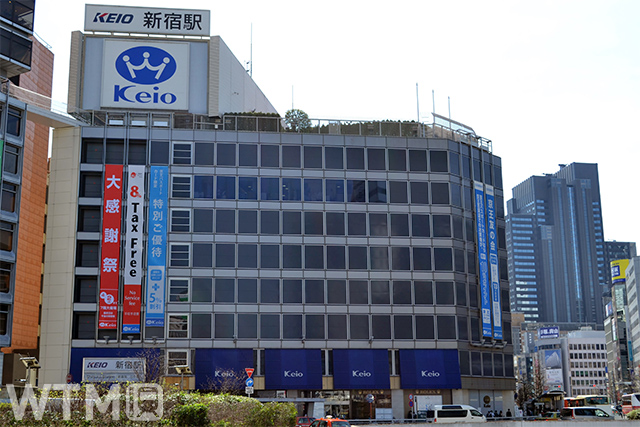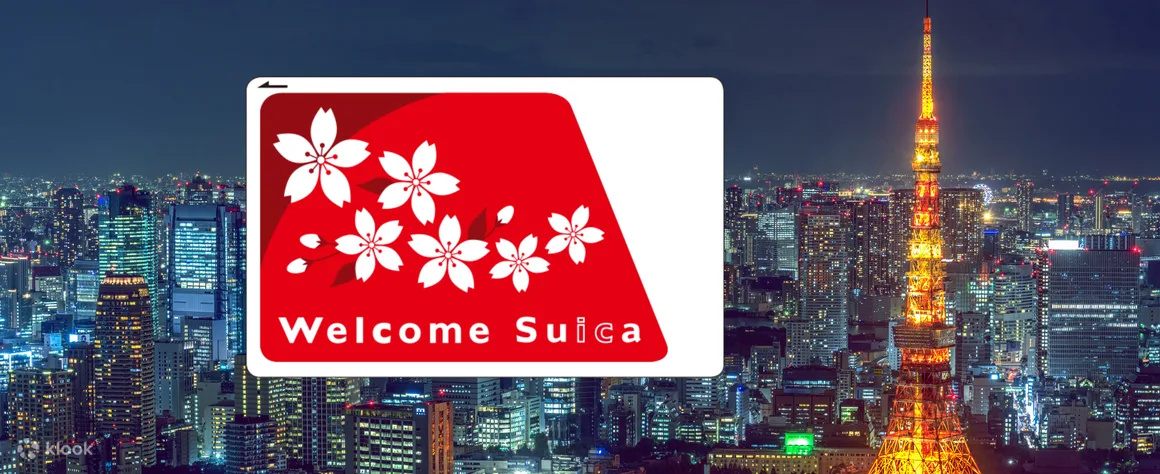Keio Corporation has decided to promote a large-scale redevelopment project planned in the Shinjuku area, their most important base, and at the same time proceed with the improvement work of Shinjuku Station in stages.
- A new skyscraper with open outdoor terraces
- [Chart] Improvement Work of Keio Line Shinjuku Station, building Image and Layout of Shinjuku Station Southwest Area Development Plan
- Avoid congestion at “West Exit Underground Square”

A new skyscraper with open outdoor terraces
The Shinjuku area has prospered against the backdrop of overwhelming transportation convenience, boasting the highest number of passengers in the world. However, since the town development based on the sub-center plan in the 1960s, no large-scale reorganization has been carried out there for about half a century. In addition to the complicated stream for transferring, the stations and surrounding buildings are aging, and in terms of the attractiveness of the city, it is currently losing its position compared to other sites in Tokyo. In order to enhance the pedestrian network, it is a large-scale concept such as newly establishing a transfer deck above the tracks of JR Shinjuku Station, which has not been used until now. Until the 2040s, large-scale redevelopment will move forward through public-private partnerships.
Suica IC Card
Based on this concept, the “Shinjuku Station West Area Development Plan” led by Odakyu Electric Railway, Tokyo Metro and Tokyu Land Corporation was commercialized as a start. The demolition work of the Odakyu Department Store Shinjuku main building on the planned site has started in October 2022. A 48-story station building, the highest in the vicinity of the station, will be built on the site, and commercial facilities and offices will be occupied there.
This time, Keio decided to make a beginning of the “Shinjuku Station Southwest Area Development Plan”, which has been jointly developed with JR East on land adjacent to the West Area. A city planning decision was announced in November 2022 as a special urban regeneration district. The target area is divided into the “North Block”, which corresponds to the Keio Department Store Shinjuku and Lumine Shinjuku “LUMINE 1”, and the “South Block”, where lined with low-rise buildings on the south side of the Koshu Highway. They will start developing the south block within this fiscal year.
The building to be built in the south block will be a 37-story building with stores, offices, accommodation facilities, and the internal public space will be a unique appearance that can be seen from the outside of the building. The height of the highest part is 225m, and on the 34th floor of the upper part, there is an open terrace where people can enjoy the view in all directions from the outside, and it seems to be a new tourist attraction. It is scheduled to be completed in 2028, and the development of the north block will start after that.
(See the chart below for details such as improvement Work of Keio Line Shinjuku Station, building Image and Layout of Shinjuku Station Southwest Area Development Plan.)
Avoid congestion at “West Exit Underground Square”
As the first step in the renovation work of Shinjuku Station, which will be carried out in line with the development plan, we will begin work in fiscal 2023 to move the platform on the second basement floor of Shinjuku Station on the Keio Line to the north side. A new ticket gate will be installed at the north end of the platform, and a transfer flow line will be established from the platform floor to the Tokyo Metro Marunouchi Line.
The current transfer route that passes through the underground square at the west exit of Shinjuku Station intersects the east-west axis that connects the JR line and the Nishi-Shinjuku skyscrapers district, forcing pedestrians to complicate each other. A policy of “adjusting the flow of people” is shown when integrating the Ground Terminal. With the installation of the new passageway this time, the flow will be dispersed and the transfer time can be shortened.
Keio expects the project cost to be 92 billion yen, including the portion of the total project cost for the development of the south block, which will be borne by the company, and the renovation work for Shinjuku Station on the Keio Line. In addition, although the details of the total cost of the project, including the north block and the rest of the station improvement work, are yet to be determined, it is currently assumed to be around 300 billion yen.
![[WTM] Railway & Travel News](https://en.wtmnews.net/wp-content/uploads/sites/3/2020/11/cropped-wtm_logo.png)

![[Chart] Improvement Work of Keio Line Shinjuku Station, building Image and Layout of Shinjuku Station Southwest Area Development Plan](https://en.wtmnews.net/wp-content/uploads/sites/3/2023/08/a5ff1dc76e29e98028f6821a8a527d5a-840x840.png)
 [Japan] JR East Pass (Tohoku Area) E-Ticket | Explore all the major tourist spots in northeastern Japan with easy access to transportation (Ad by KKday)
[Japan] JR East Pass (Tohoku Area) E-Ticket | Explore all the major tourist spots in northeastern Japan with easy access to transportation (Ad by KKday) [All Japan JR Pass] Discover Japan with the All Japan JR Pass, the easiest and most cost-effective way to travel around Japan | Delivery to Taiwan, South Korea, Hong Kong & Singapore (Ad by KKday)
[All Japan JR Pass] Discover Japan with the All Japan JR Pass, the easiest and most cost-effective way to travel around Japan | Delivery to Taiwan, South Korea, Hong Kong & Singapore (Ad by KKday)